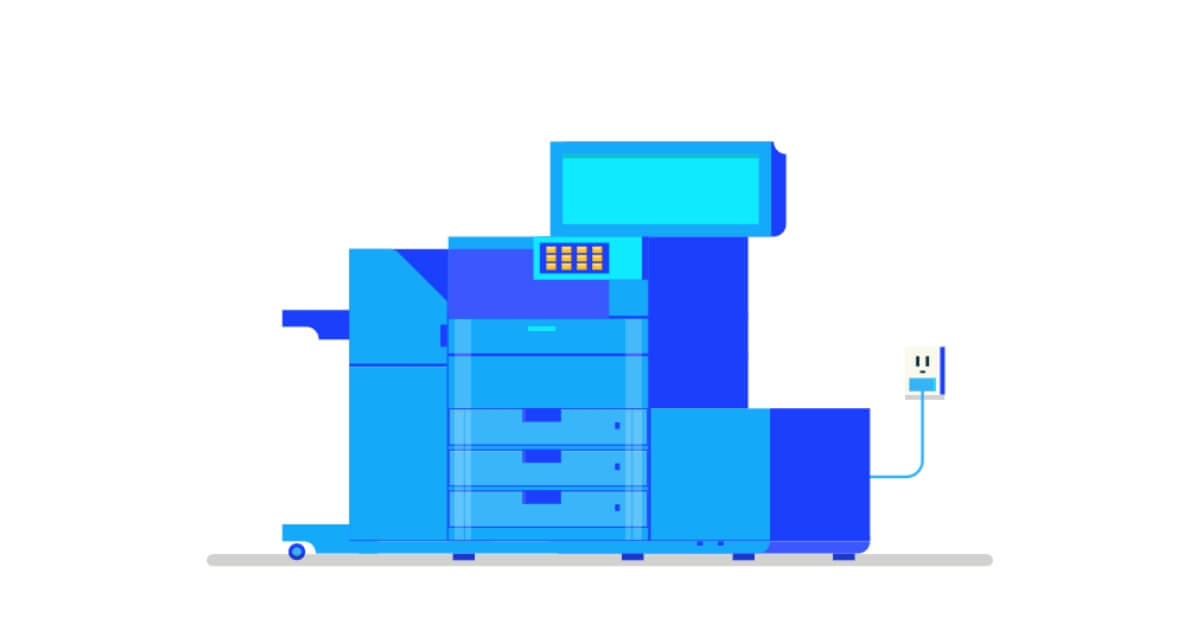
Digitization vs Digitalization vs Digital Transformation. The concise difference between them.
Why do we need to know this?
Digitization, Digitalization and Digital Transformation has different meanings. It is good to have a clear understanding between the three. Understanding what the terms entail (especially between “digitalization” and “Digital Transformation”) exposes us to concepts that are vital for businesses to stay relevant in this disruptive economy. Let us begin.
What is Digitization?
Digitization is creating a digital copy of an object. Capturing the object in Bits. A bit is the smallest unit of data in the computer world. A bit has a single value of either 0 or 1. Every digital file e.g. Word Document, PDF, image or music is made up many 1 and 0. The 1 and 0 are arranged in patterns to form information that programs are able to open and read.
Let us look at the digitization of a handwritten book. If we want to digitize the content of the book, we can scan the pages then use an OCR software (Optical Character Recognition) to convert the text in the scanned images into editable text. We can also have someone type out the content of the book word for word in a computer word processor. The result is a digital document that we can make identical copies of easily and so we say we have digitized the book. This digital file forms the basic building blocks for the next word “Digitalization”.
What is Digitalization?
Digitalization is the process of using digital technology to change existing processes.
An example is the use of automated form routing feature in a modern Document Management System. Before digitalization, workers will print out the physical form, fill it up and then send it manually to the first approving party. From there on, the form will be manually routed from one approving party to the next by different secretaries until all the signatures are obtained. Follow ups are necessary as forms often got overlooked or even went missing. Finally, the completed form and all its supporting documents will be filed into a physical folder and kept under lock in a cabinet, taking up precious office spaces.
With Digitalization online forms are created, filled up and submitted within the Electronic Document Management System (EDMS). EDMS come with scripts to check form fields in real-time ensuring that all necessary fields are filled correctly. Timely tooltip pop-ups can also be placed to guide the users. Once submitted, the system will route the digital form from one approving party to the next based on the preset workflow of the form. When the form is stuck longer than a preset time period in the inbox of an approving officer, the system will send automated email prompts to remind the officer that actions/approvals are needed on his/her end. Once the entire workflow is completed, the form will automatically be filed into the correct folder for future audits. There is also an at-a-glance summary to see all the different forms that are in circulation and where the bottlenecks are. We can say that this process has undergone digitalization.
Practicality and user friendliness are key to successful digitalization. If its not well thought out, processes can become worse when changed from analogue to digital. For example, the digitalization of car air conditioning controls: Simple knobs are replaced with digital controls that require drivers to navigate deep into sub menus just to change air con settings. This is dangerous especially when the user is driving. Hence, thoughts should be are given before embarking on each digitalization project. E.g. What is the desired outcome of the project and how does it benefit the company or customer? Is the final process flow practical for the actual person on a day to day basis?
What is Digital Transformation?
Now we come to Digital Transformation. Digital Transformation is the change in Business Activity, Model and Competencies in order to leverage on new technologies that have became available. One example would be how marketers invest their marketing dollar online. More than measuring online traffic and conversion, platforms such as Facebook and Google are now able to measure how many users visited the physical store as a result of seeing an online ad. This is done through Geo Location technologies made possible by smartphones. This has changed how marketers approached marketing and also the allocation of marketing budgets in the different online channels.
Another example would be e-commerce businesses shifting their focus from desktop to mobile and having a larger proportion of their revenue generated from mobile platform. The advent of smartphone came the possibilities to create applications that allows users to shop on-the-go. Applications are also able to take advantage of features like the touch screen, camera, GPS, blue-tooth connectivity, near field communication (NFC), proximity sensor etc to bring immerse convenience to users. E-commerce businesses have to change their models and competencies to keep up with the competition.
Digital Transformation Series for Singapore Enterprises.
We hope we have helped you with this article. This article is part of the Digital Transformation Singapore series aimed at helping Singapore enterprises. Do check out the article to see the key fundamental steps to practical digital transformation.


